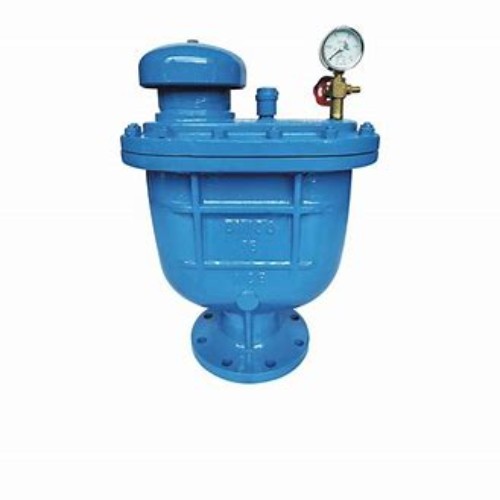Electric Actuated Water Valves for Efficient Fluid Control Solutions and Applications
Electric Actuated Water Valves Revolutionizing Fluid Control Solutions
In the modern era of automation and smart technology, electric actuated water valves have emerged as vital components in fluid control systems across various industries. These devices not only enhance operational efficiency but also improve accuracy and safety in managing water flow. This article explores the functionality, benefits, applications, and future of electric actuated water valves.
What Are Electric Actuated Water Valves?
Electric actuated water valves are automated devices that use an electric actuator to control the opening and closing of a valve. The actuator is powered by electricity, making it capable of providing precise control over water flow in pipelines and other fluid systems. This technology has resulted in significant advancements in how we manage fluids, particularly in environments where manual valve operations could be inefficient or dangerous.
Functionality
The fundamental operation of an electric actuated water valve involves an electric motor that responds to control signals. These signals can be generated by various sources, including programmable logic controllers (PLCs), remote control systems, or automated sensors that detect changes in system parameters. When the actuator receives a command, it mechanically opens or closes the valve, regulating the flow of water accordingly.
Typically, these valves can be configured in two ways - On/Off Control This type operates as a simple switch, either fully opening or closing the valve based on the specified conditions. - Modulating Control This allows for gradual adjustments in valve position, enabling precise control over the flow rate.
Benefits of Electric Actuated Water Valves
1. Precision One of the most significant advantages of electric actuated water valves is their ability to provide precise control over water flow. This is essential in applications where exact flow rates are critical, such as in chemical processing or irrigation systems.
2. Safety Automation of valve control minimizes the risks associated with manual operation, particularly in hazardous environments. Electric actuated valves can be controlled remotely, reducing the need for personnel to be in dangerous areas.
electric actuated water valves

3. Energy Efficiency With their ability to modulate flow rates according to demand, these valves contribute to energy savings. By optimizing water usage, they help reduce waste and lower operational costs.
4. Integration with Smart Systems Electric actuated valves can easily be integrated into larger control systems, allowing for real-time monitoring and automated adjustments. This integration fosters smarter water management strategies.
5. Reduced Maintenance Many electric actuated valves are designed with durability in mind, which can lead to lower maintenance costs over time. Fewer moving parts often mean reduced wear and longer service life.
Applications
Electric actuated water valves are widely utilized in various sectors, including
- Water Treatment Plants For managing the flow of treated water in distribution systems. - Irrigation Systems To optimize water usage for agriculture, ensuring that crops receive the appropriate amount of water. - HVAC Systems In heating and cooling applications, they regulate the flow of water through heating or cooling coils. - Chemical Processing For controlling the flow of water and chemicals in manufacturing processes.
In addition to these primary applications, they are also beneficial in fire protection systems, swimming pools, and even domestic plumbing.
The Future of Electric Actuated Water Valves
As technology continues to advance, the future of electric actuated water valves looks promising. Innovations like IoT integration, AI-driven predictive maintenance, and enhanced energy efficiency are set to redefine fluid control. The demand for smart water management systems due to increasing water scarcity and regulatory pressures will further drive innovations in electric actuated valve technology.
In conclusion, electric actuated water valves are transforming fluid control with their ability to deliver precision, safety, and efficiency. With ongoing advancements and applications spanning various industries, they are poised to play a critical role in the sustainable management of water resources in the coming years. The shift towards automation and smart technology in fluid management systems signifies a crucial step towards more efficient and responsible use of one of our most vital resources water.
-
The Key to Fluid Control: Exploring the Advantages of Ball Valves in Industrial SystemsNewsJul.09,2025
-
The Versatile World of 1, 2, and 3 Piece Ball ValvesNewsJul.09,2025
-
Stainless Steel Ball Valves: The Ideal Choice for Efficient Flow ControlNewsJul.09,2025
-
Optimizing Fluid Control with Ball Float ValvesNewsJul.09,2025
-
Manual Gate Valves: Essential for Control and EfficiencyNewsJul.09,2025
-
Everything You Need to Know About Butterfly ValvesNewsJul.09,2025
-
The Versatility of Wafer Type Butterfly ValvesNewsJul.08,2025




